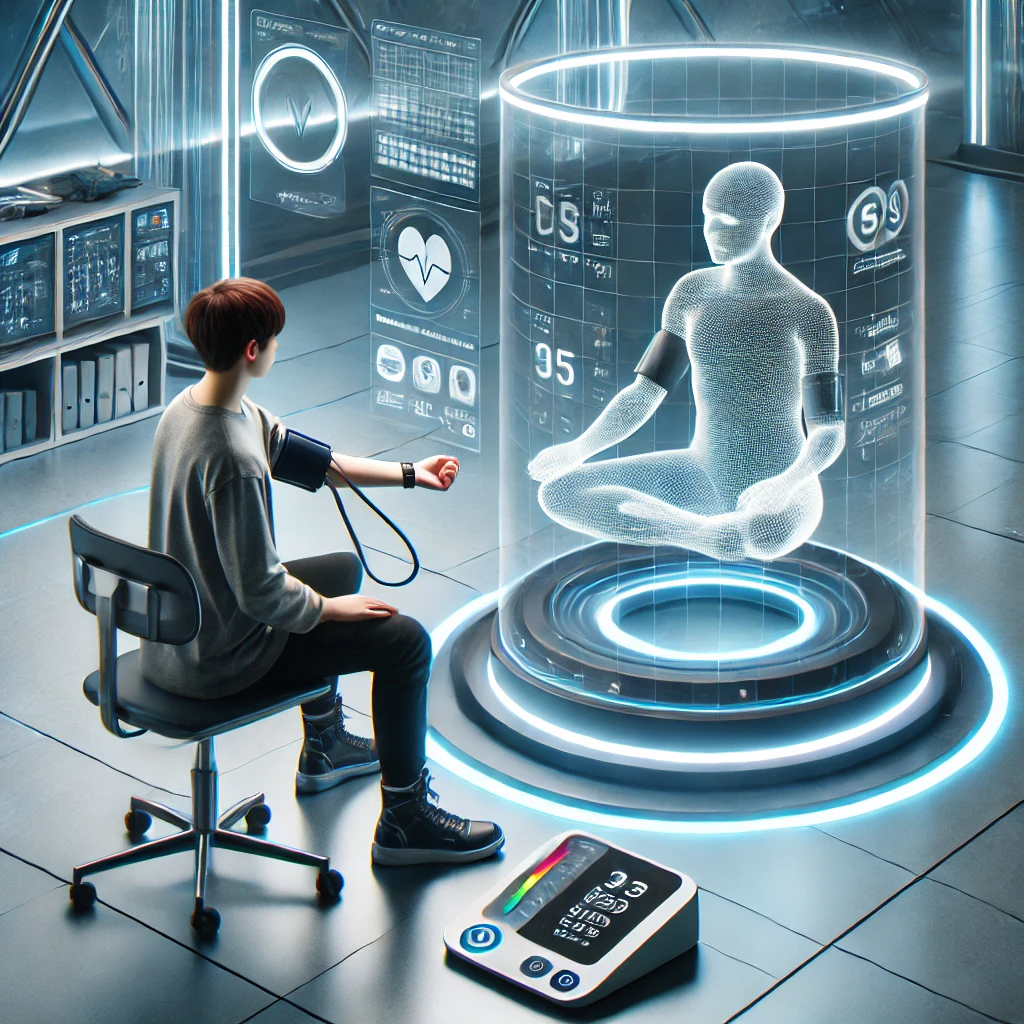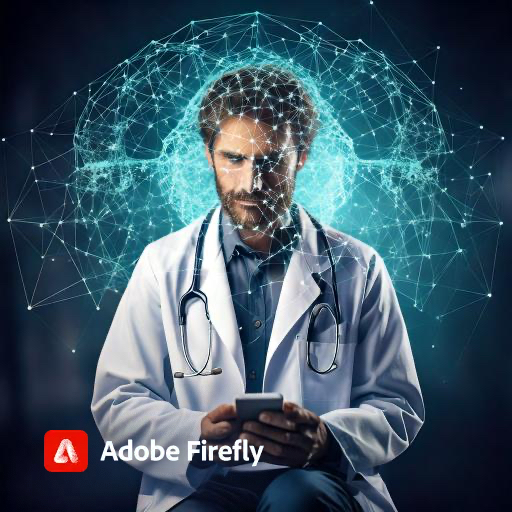Advancements in technology are continually reshaping healthcare, making it more accessible and non-invasive. A recent development in touchless blood pressure screening exemplifies this trend, offering a glimpse into the future of health monitoring.
How Does It Work?
Researchers at the University of Tokyo have harnessed artificial intelligence (AI) to assess blood pressure and diabetes risk using video data. This innovative approach employs photoplethysmography (PPG), a technique that detects changes in blood volume by measuring light absorption just beneath the skin. Traditionally, PPG is utilized in devices like pulse oximeters and wearable fitness trackers to monitor heart rate and oxygen saturation.
In this touchless method, a short video of a person’s face and palms is captured using a specialized sensor. The AI algorithm then analyzes pulse transit time—the duration it takes for a pulse to travel from the palm to the face—to estimate blood pressure and potential diabetes risk. In a study involving 215 participants, the algorithm demonstrated 86% accuracy in detecting elevated blood pressure from a 30-second video and 75% accuracy in identifying diabetes-related blood changes.
Implications for Young Adults
For individuals aged 16 to 28, this technology signifies a shift towards more convenient and non-invasive health assessments. Imagine monitoring vital health metrics using just your smartphone, facilitating proactive health management without the need for traditional equipment.
Considerations and Future Prospects
While promising, this technology is still under development. The specialized sensors used are not yet integrated into standard smartphones, and further validation across diverse populations is necessary to ensure accuracy. Additionally, current devices claiming to measure blood pressure using PPG technology, such as certain smartwatches, lack standard validation, raising concerns about their reliability.
Experts anticipate that it may take at least three years before such touchless monitoring systems become widely available. Nonetheless, this innovation represents a significant step towards more accessible and non-invasive health monitoring, aligning with the digital habits of younger generations.
As technology continues to evolve, staying informed about these advancements empowers you to make proactive decisions about your health, leveraging tools that integrate seamlessly into your daily life.




